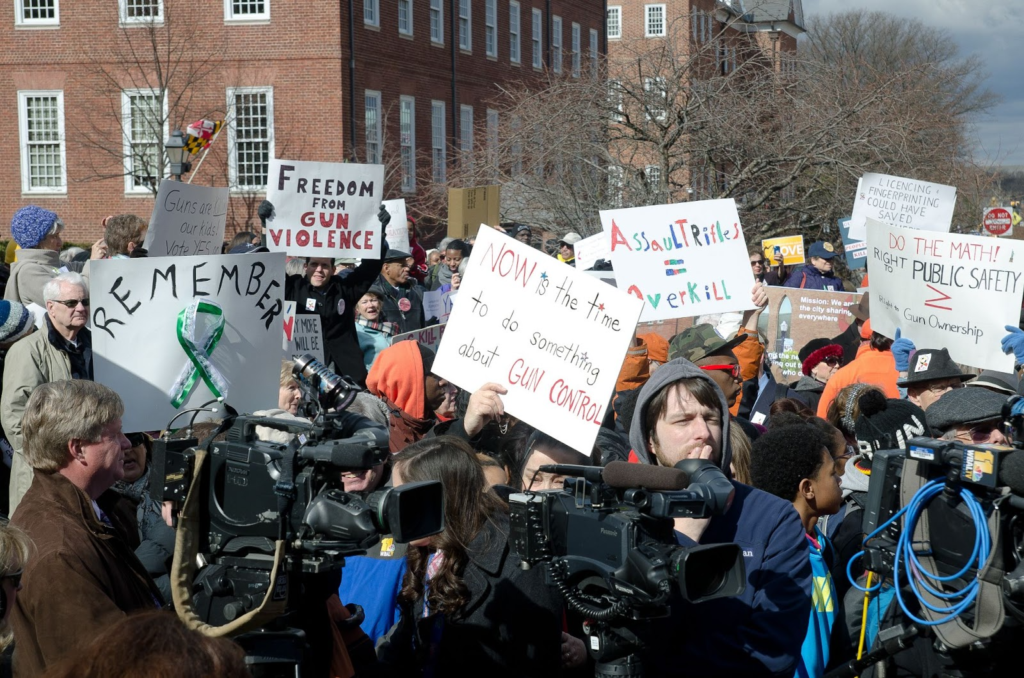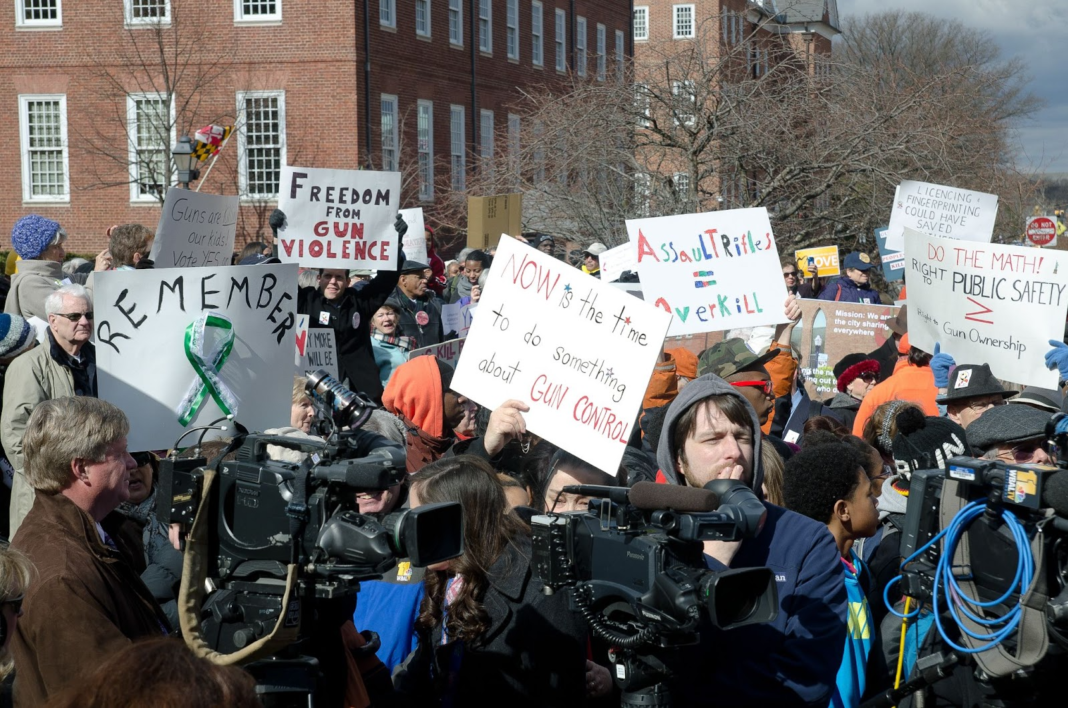By: Netanya Shaffin
The Columbine High School massacre in 1999 set off a chain reaction of gun violence in schools that has yet to decrease, with school shootings reaching an all-time high in 2022.
From parents to young adults and even children themselves, there was a consensus that change needed to be made. Still, many disagree on how to best combat the gun violence epidemic in schools.
Makayla Moody, a future ninth grader at Richard Wright Public Charter School, said that the issue of gun violence in schools became more real for her when it hit closer to home. “I had a cousin who got shot near a school — I was just shocked because like I wasn’t expecting it to be my cousin too,” she said.
Gun violence is the leading cause of death among people under the age of 19, according to a fact sheet created by Sandy Hook Promise, a nonprofit organization with the mission “to educate and empower youth and adults to prevent violence in schools, homes, and communities.” Since the Columbine shooting, over 338,000 American students have experienced gun violence at school.
Amanda Posner, a mother of a 16-year-old and 12-year-old, said she has protested with her family for a change. “I think it’s horrible,” she said. “I am definitely for serious gun control and I really hope that something is done about it.”
Since the early 1990s, the issue of gun violence has been a serious conversation on a national level, with many bills and laws that have been passed and rejected to make change, according to a timeline created by ABC News. Prior to the Federal Assault Weapon Ban in 1994, Congress first issued the Brady Handgun Violence Prevention Act, instituting background checks on sellers, and a five-day-waiting period for sales. After the assault weapon ban bill passed, Congress began rejecting more gun protection bills, with the trend continuing even after the Sandy Hook and Pulse nightclub massacres, where 20 children and 49 adults were murdered, respectively.
“I think that we have a lot of gun laws in place currently,” said Adam Salyards, a police officer and father of two children. “I also think that there are some gun laws that could be put in place around mental health issues, so individuals that maybe have been taken in for mental health evaluations…some of the red flag laws, I think there could be some improvement on those.”

A red flag law, also known as “an extreme risk protection order,” allows those who work with adolescents to petition the court for a removal of an individual’s firearm due to reasonable cause.
The Marjory Stoneman Douglas High School massacre is an example of how a red flag law could have prevented the shooter from possessing a firearm. Prior to the 2018 shooting, which claimed the lives of 17 individuals, the shooter’s friends, family, and neighbors reported their concerns to authorities, and yet nothing was done.
Hailey M., who declined to give her last name, said that she thinks the gun violence is “horrible” and has given her pause about raising her future children in this country. “I have dual citizenship with a country in Europe…so when my husband and I are discussing when we’re going to have kids, we are really making plans to move to Scandinavia instead,” she said, even though she admits there are gun violence issues there as well.
For now, all students can do is make their voices heard. By protesting, advocating, and saying something when seeing suspicious activity amongst their peers, children can make an impact.
“For kids, talk to your parents. When you’re old enough to vote, register and vote,” Hailey said.


